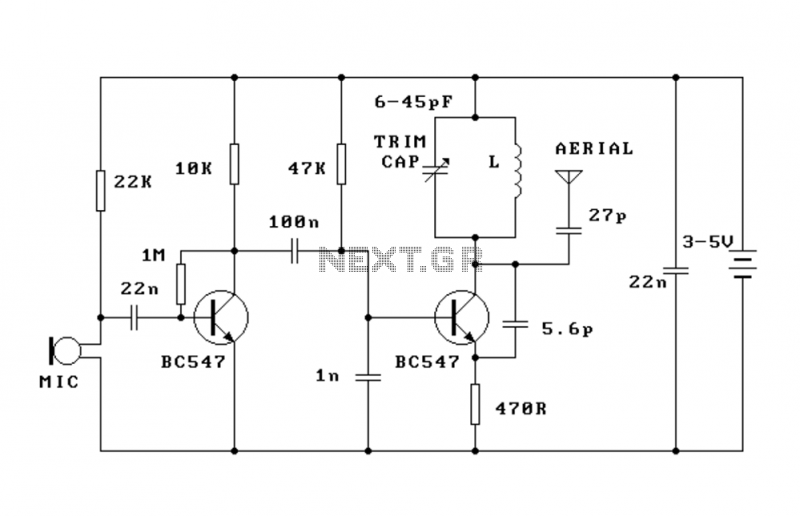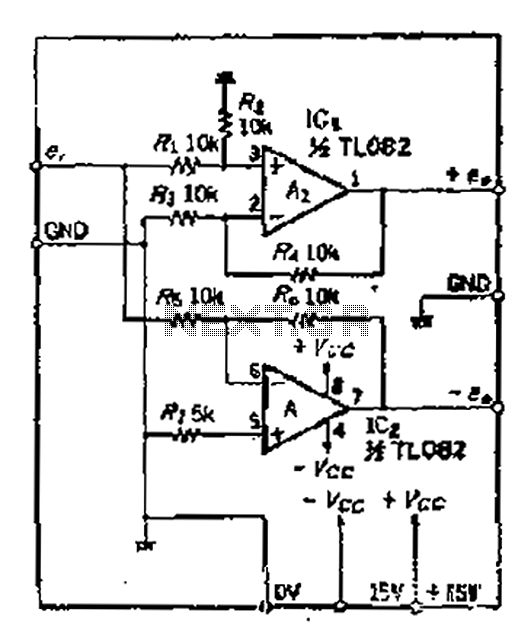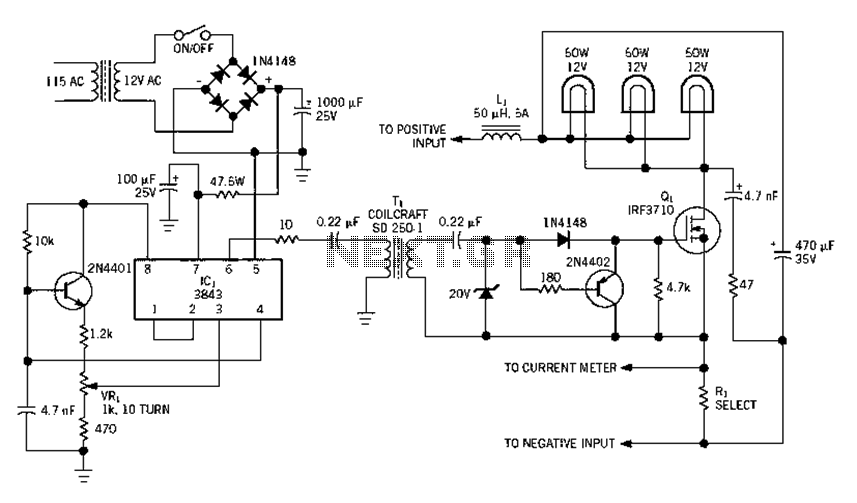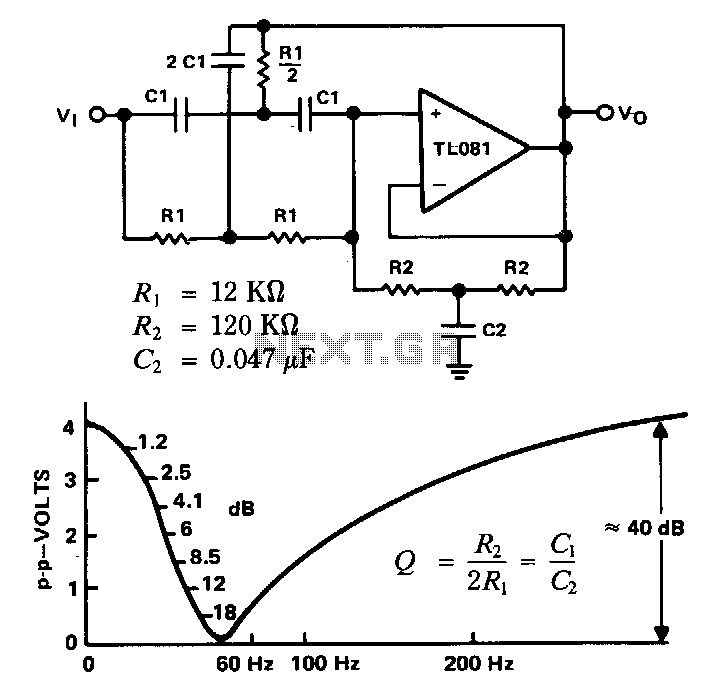
1khz multiple feedback low pass filter circuit

Pins 1 and 5 on this amplifier are trim pins and are not utilized in the circuit. When not in use, it is necessary to leave them floating.
In electronic amplifier circuits, trim pins are often included for calibration or adjustment purposes, but they may not always be necessary for the amplifier's operation. In this case, pins 1 and 5 are designated as trim pins, indicating that they serve no function in the current configuration of the circuit. It is essential to ensure that these pins remain unconnected or "floating" to prevent any unintended effects on the amplifier's performance.
Floating these pins means that they should not be connected to ground or any voltage source, as this can introduce noise or instability in the amplifier's operation. Proper handling of unused pins is crucial in maintaining the integrity of the circuit and ensuring optimal performance.
When designing or implementing this amplifier circuit, attention must be paid to the layout and connections to avoid accidentally connecting these trim pins to other circuit elements. Careful documentation and adherence to the schematic will facilitate correct assembly and operation of the amplifier, ensuring that it functions as intended without interference from unused components.Pins 1 and 5 on this amplifier are trim pins and are not used in the circuit. When not used it is required to leave them floating. 🔗 External reference
In electronic amplifier circuits, trim pins are often included for calibration or adjustment purposes, but they may not always be necessary for the amplifier's operation. In this case, pins 1 and 5 are designated as trim pins, indicating that they serve no function in the current configuration of the circuit. It is essential to ensure that these pins remain unconnected or "floating" to prevent any unintended effects on the amplifier's performance.
Floating these pins means that they should not be connected to ground or any voltage source, as this can introduce noise or instability in the amplifier's operation. Proper handling of unused pins is crucial in maintaining the integrity of the circuit and ensuring optimal performance.
When designing or implementing this amplifier circuit, attention must be paid to the layout and connections to avoid accidentally connecting these trim pins to other circuit elements. Careful documentation and adherence to the schematic will facilitate correct assembly and operation of the amplifier, ensuring that it functions as intended without interference from unused components.Pins 1 and 5 on this amplifier are trim pins and are not used in the circuit. When not used it is required to leave them floating. 🔗 External reference





